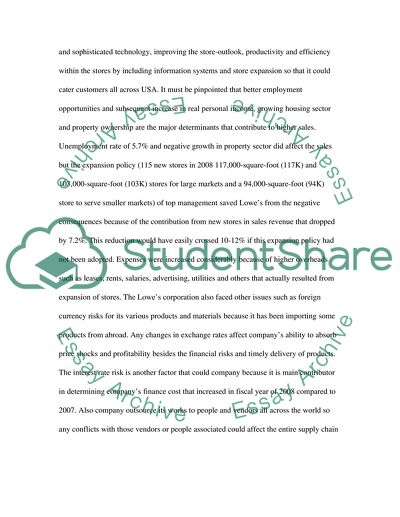Cite this document
(“SEC 10-K Analysis Essay Example | Topics and Well Written Essays - 2250 words”, n.d.)
Retrieved de https://studentshare.org/miscellaneous/1562691-sec-10-k-analysis
Retrieved de https://studentshare.org/miscellaneous/1562691-sec-10-k-analysis
(SEC 10-K Analysis Essay Example | Topics and Well Written Essays - 2250 Words)
https://studentshare.org/miscellaneous/1562691-sec-10-k-analysis.
https://studentshare.org/miscellaneous/1562691-sec-10-k-analysis.
“SEC 10-K Analysis Essay Example | Topics and Well Written Essays - 2250 Words”, n.d. https://studentshare.org/miscellaneous/1562691-sec-10-k-analysis.


